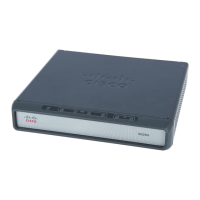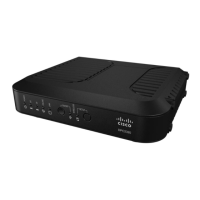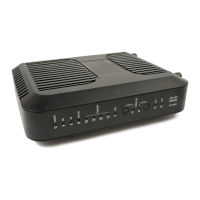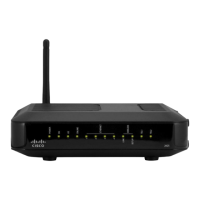Basic Configuration Using the Command-Line Interface
Saving Configuration Changes
40
Cisco AS5350XM and Cisco AS5400XM Universal Gateways Software Configuration Guide
!
!
call rsvp-sync
!
!
line con 0
logging synchronous
transport input none
line aux 0
logging synchronous
line vty 0 4
password #1writer
login
line 4/00 4/107
no flush-at-activation
modem InOut
!
scheduler allocate 10000 400
end
Saving Configuration Changes
To prevent the loss of the gateway configuration, save it to NVRAM.
Configure
Where to Go Next
At this point you can go to these references:
• Chapter 4, “Continuing Configuration Using the Command-Line Interface,” to continue system
configuration of basic features.
• Chapter 5, “Managing and Troubleshooting the Universal Port and Dial-Only Feature Cards,” to
configure, manage, and troubleshoot universal-port and dial-only feature card connections on your
gateway.
• Chapter 6, “Managing and Troubleshooting the Voice Feature Card,” to configure, manage, and
troubleshoot voice feature card connections on your gateway.
• Appendix C, “Comprehensive Configuration Examples.”
Command Purpose
Step 1
AS5400> enable
Password: password
AS5400#
Enters enable mode (also called privileged EXEC
mode) and enters the password. You are in enable
mode when the prompt changes to
AS5350# or
AS5400#.
Step 2
AS5400# copy running-config startup-config
Saves the configuration changes to NVRAM so
that they are not lost during resets, power cycles,
or power outages.
Step 3
AS5400(config-if)# Ctrl-Z
AS5400#
Returns to enable mode.
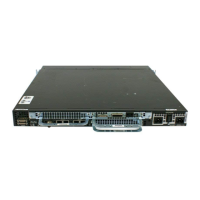
